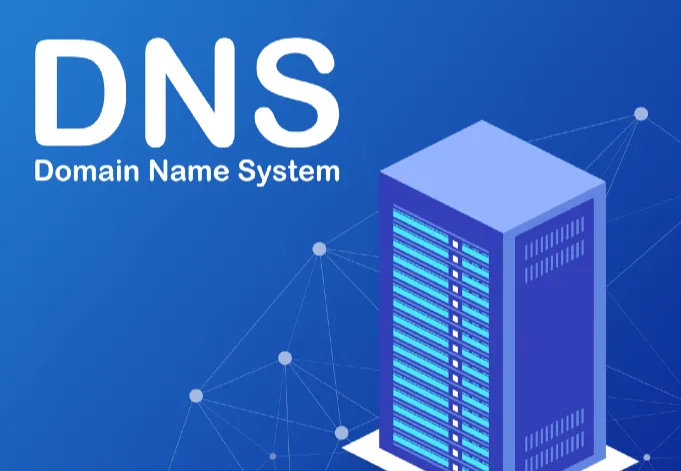DNS is a topic which is often considered difficult to understand, but the basic thesis of it is actually not hard to grasp if explained correctly — which is the very aim of this article. The first fundamental point to grasp is that every domain in existence is linked to an Internet Protocol (IP) address. Even though loading up a webpage may seem like magic, it is not. If one were to open up their web browser, put www.example.com into the address bar and hit enter, their computer would then ask a server where to load that website from. In response, this server would respond with an IP address in order to be directed to the website of choice — that is what a Domain Name System (DNS) is.
In other words, when a user enters a website into the address bar, a translation must occur between the domain that the user types in (www.example.com) and the IP address which the domain is linked to. The task taking place behind the scenes here is referred to as a DNS name resolution. The way in which this works can be compared to how a post code is used in combination with a door number in order to be directed to a literal geographical location. The reason for this is because long digits of numbers (such as 93.184.216.34) which is the IP address for the domain in this scenario would be too difficult for human beings to memorise or remember for each and every website. In order to solve this, the Domain Name System (DNS) was created to operate as a directory for the internet. This particular process is known as a DNS query.
However, it is important to note that there are three main types of DNS queries and this is where it becomes slightly more technical. These three types being: recursive, non-recursive, and iterative — which may be explained in the following way:
#computer-networking #computer-science #cybersecurity #neural networks
